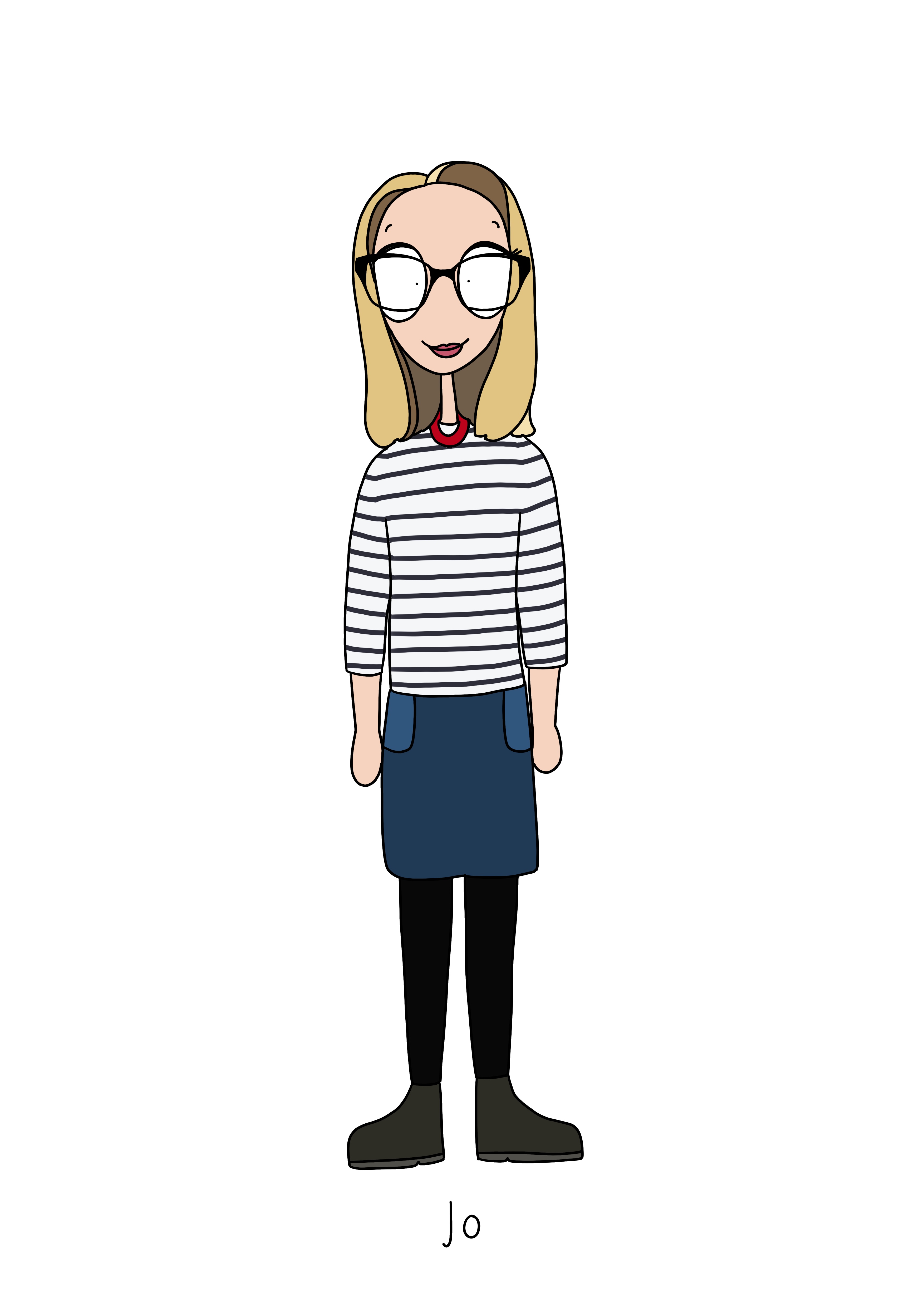A newsletter can be an integral part of any successful communications strategy. We love their flexibility. Newsletters are a bite-sized way to share all kinds of information, from news, blogs and insights, to events, stories, hints and tips. You can use them to showcase your values and speak directly to external and internal audiences. There are huge benefits in keeping your audience/s up to date through regular communication via a newsletter.
If you are thinking about launching a newsletter, there are a few key questions to consider. Lets take a look…
Reasons to send a newsletter
A newsletter is a brilliant way to share a snapshot of what’s happening in your organisation right now. They can:
- Keep you connected with your audience
- Keep your brand front of mind
- Maintain interest in products or services
- Make your audience feel a part of your organisation (receiving a newsletter is a bit like being part of an exclusive club!)
Who would benefit from receiving a newsletter?
Before you start compiling a newsletter you need to identify which of your audiences will benefit from receiving it. You can’t be everything to everyone, so it’s important to define your audience so you only send people messages relevant to them. It’s completely fine to send different newsletters to different audiences, e.g. volunteers, supporters, trustees, employees. In fact, we would encourage this!
Once you’re clear on who you’re sending to, think how you might personalise the content to make it even more relevant and engaging for your audience.
How often should you send a newsletter?
There are no hard rules on newsletter frequency. This might be dictated by your audience, your content, or your capacity to produce content. We aim to send our Snippets newsletter every two weeks, but monthly or even quarterly might be more manageable for you.
What is important is to maintain a regular and consistent schedule. Decide on a frequency and stick to it. Once you have your audience hooked, they will look forward to receiving your newsletter – and you don’t want to disappoint anyone! See E is for Email for more tips on planning a newsletter schedule.
Print or email?
When was the last time you received a printed newsletter through the post or picked up one locally? Printed newsletters still have their place. Whether to print or email largely depends on your budget and audience need.
We’ve created a variety of newsletters for clients, including:
- Printed mailers
- Printed newsletters to be picked up
- Pdf newsletters sent by email, and
- Interactive email newsletters.
What makes an interesting newsletter?
How many newsletters do you receive each week?
And how many of those do you read or save to read at a later date?
The newsletters you read and/or save will be those that really connect. They might be personalised to your area of work, share useful content, or appeal to your interests.
When it comes to content, be guided by your audience. Focus on your reader’s interests rather than what you want to tell them. Would they prefer long-form copy or a summary with a website address or click-through for more info?
For email newsletters, monitor the stats and see which articles are most read and clicked. Give people more of what they enjoy.
Design-wise, have a clear hierarchy of messaging so people can choose what and how much to engage with.
What happens next?
When planning your newsletter content, think about what action you want people to take having read it. Some common examples include:
- Read the full article/blog on your website
- Book a ticket
- Sign up or subscribe
- Request more info
- Watch the video
- Download a pdf
- Get in touch
- Donate
Choose your actions and be clear what happens next. Newsletter design plays an important role in guiding your reader to take action. We can help you with this!
What’s in it for your audience?
The most successful newsletters are helpful, relevant and offer some form of real value. If your newsletter ticks all three boxes and you can maintain a regular schedule, you’ll be on to winner.
On that note, if you’d like to subscribe to our weekly Snippets, you can sign up here.
Now read O is for Organisation >


